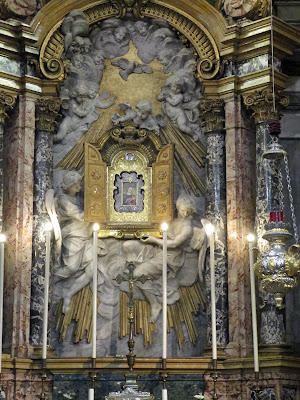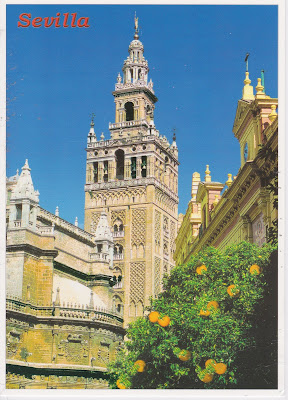Calendario Liturgico pasquale (Easter Calendar) 532 d.C.-632 d.C.
Ecclesiastical calendars use lunar months with the full moon falling on the 14th day of the month and have a 19 year cycle. Some religious holidays or feasts have fixed dates, like Christmas always falling on the 25th of December. However, Easter is what is called a moveable feast and was determined to fall on the first Sunday following the paschal full moon on or after March 21, the Spring Equinox. This calendar was designed to calculate the day on which Easter would fall for a span of 100 years. The disk is divided into 19 spokes or sections representing the years and uses Roman numerals sculpted on a marble slab measuring 95x90 cm or 37x35 inches. In the center of the calendar is a cross. This calendar was used to determine the date of Easter from 532 to 632 AD using calculations or computations by a 6th century monk named Dionysius Exiguus. His original calendar started in 532 and ended in 626 but was later extended. Oddly, using his system the Alexandrian Easter repeats every 532 years. That number is arrived at by multiplying 19 years X 4 for leap years X 7 for days of the week equaling 532.
Just looking at the calendar wheel and trying to figure out how it works is like looking at an op art picture and trying not to go dizzy. The cumbersome Roman numerals, no zeros, and what appear to be abbreviated notations make it easy to lose the thread of the calculations. It is interesting to look at and amazing at the same time.
Happy New Year!
For additional information, see:
https://en.wikipedia.org/wiki/Dionysius_Exiguus
http://www.webexhibits.org/calendars/year-history.html
http://www.janzuidhoek.net/diony2.html
https://en.wikipedial.org/wiki/Ecclesiastical_full_moon
http://www.calendarpedia.com/when-is/easter.html
Ravenna and Its History by editions Salbaroli/Ravenna























































